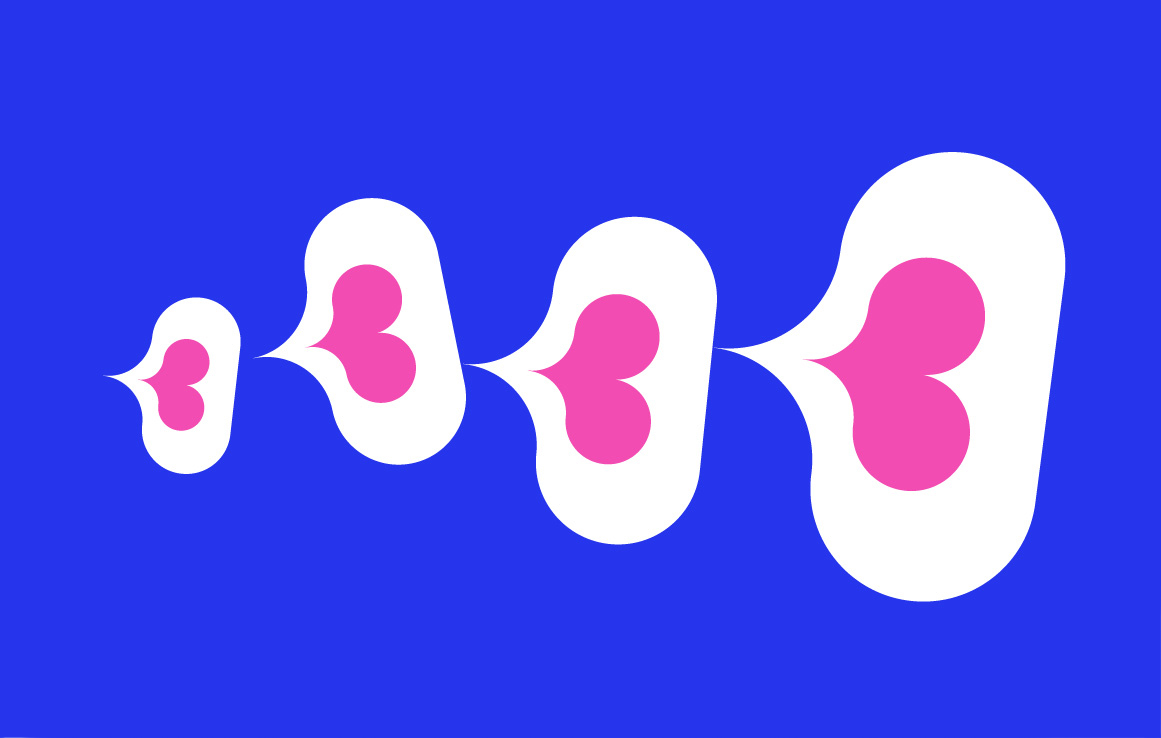I’m sure pretty much everyone knows of Leonardo De Vinci. In my mind, probably most famous for his paintings of the surprisingly small and enigmatic Mona Lisa (if you’ve seen it in real life you’ll know what I mean), The Last Supper and the Vitruvian Man. It was not necessarily at the top of my to-do list, but when I heard that The Queens Gallery in Edinburgh was to host a major exhibition of his drawings, I thought what better way to spend a wet and windy Saturday afternoon. I must also state that this visit was pre-pandemic. On hindsight, it is quite astounding how I took being able to casually visit a gallery or museum for granted – to have access to such amazing art and culture.
On slowly making my way around a very busy space, (it seems everyone else had the same idea of what to do on a wet and windy Saturday). My immediate, admittedly shallow impression was firstly the fact that his eyesight must have been phenomenal – the drawings were tiny and his handwriting was something else. In his personal notes, and these notes were all over his drawings and diagrams, he practised somewhat mysterious backwards mirror writing. As a known lefty it could have been a way of not smudging ink or it’s hypothesized this was to prevent people from stealing his ideas. However, due to the undisputed genius of the man you would have to question the latter – it doesn’t take a genius to work out how to read it. I’d hedge my bets on that he just did it because he could – for the simple joy of mastering a new skill.
Having completed the headphone guided tour and seen the extensive range of his work my lasting impression of this man is one of incredulity.
First and foremost a painter. One of his paintings and not even his most known, ‘Salvator Mundi’ is the most expensive painting ever sold ($450.3 million in 2017) – remember that for your next pub quiz folks. Starkly evident from this exhibition was that he was also an inventor, architect, engineer, mathematician, medical pioneer and seemingly possessed an unquenchable curiosity for how pretty much everything in the universe works.
He was undoubtedly hundreds of years ahead of his time with his ideas and innovations. To give some context, a few of his most extraordinary inventions include the winged flying machine (the aeroplane), a self-propelled cart (the car), a helical aerial screw (the helicopter), the parachute and even a robotic knight (the robot). All of this in the late 1400’s early 1500’s. It literally blew my mind.
Many scholars and historians have questioned what traits make a genius like Leonardo. It has been mused that to be really creative you need to be interested in all sorts of subjects – to have ‘range’, and to be naturally curious. It can be seen from his obsessive notes and observations, that in an almost childlike way he never stopped asking why.
Here at Elastic, we like to champion elastic thinkers – because quite frankly they inspire us to experiment, break free from expectations, to be curious and ultimately to be creative.
Whilst we’d never claim to reach the dizzying heights of his genius – it dawned on me that day that perhaps Leonardo da Vinci was one of the first and greatest elastic thinkers of all time.




